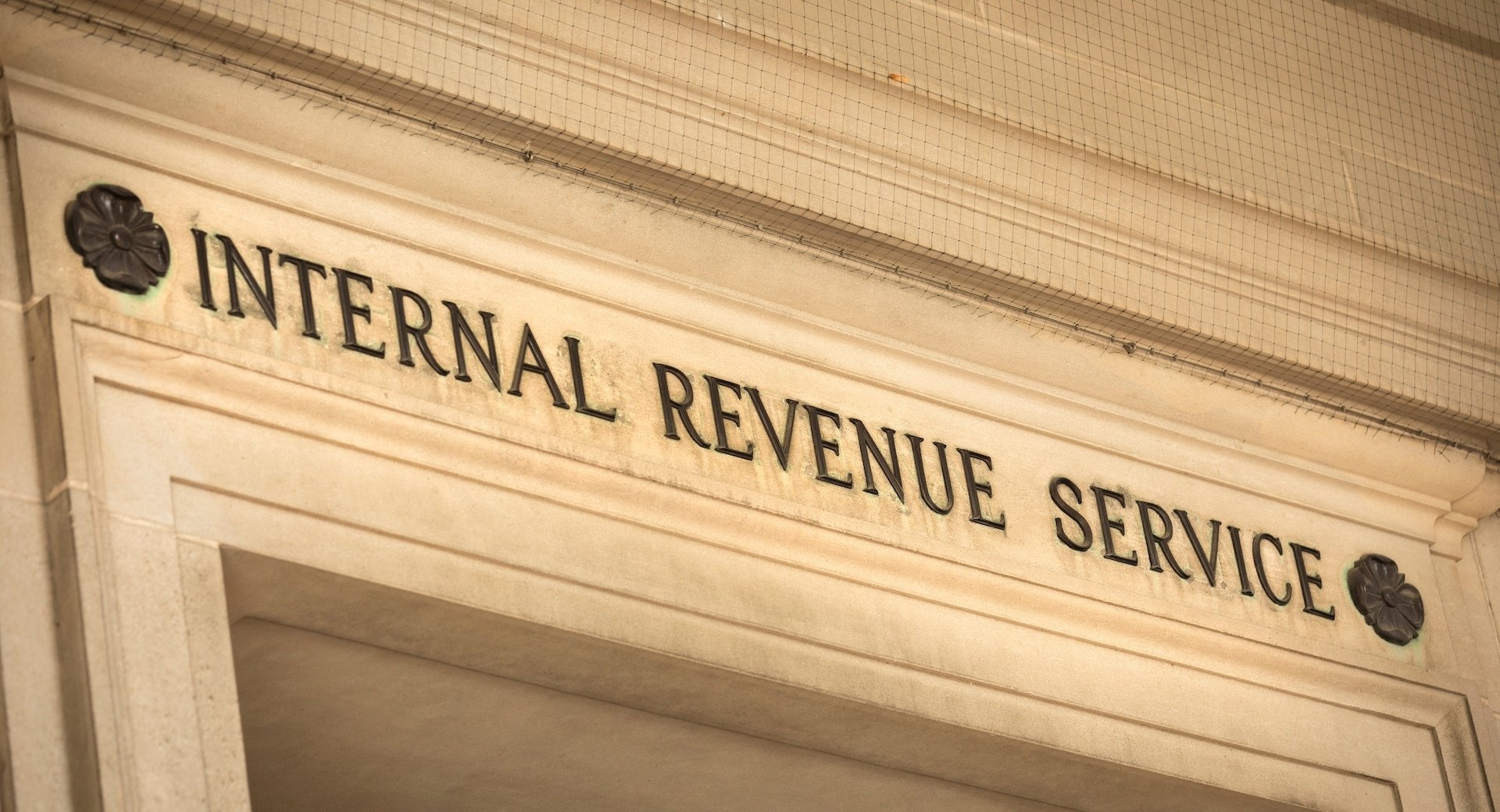If you haven’t filed tax returns for several years, you’re not alone: The IRS anticipates a $500 billion decrease in tax revenue this year. (That’s a more than 10% decline compared to last year.) More anecdotally, the IRS has also noted increased talk online from people saying they won’t pay taxes this year, and that they’re willing to take the gamble that they won’t be audited.
So, with just a few days left before the April 15 deadline, you might be wondering: What if I keep on ignoring my taxes? How long can this con go on? Unfortunately, that’s a mighty risky gamble. You’re better off filing as soon as you can, or else be on the line for costly penalties and interest. Here are the steps you need to address unfiled tax returns and get back on track with the IRS.
What happens when you don’t file your taxes
First off, it’s important to clarify the difference between failure to file and failure to pay. Failure to file refers to neglecting to submit tax returns by the filing deadline, while failure to pay occurs when taxes owed are not remitted by the due date. The most important piece of advice here: File even if you can’t pay. Filing on time avoids the failure-to-file penalty, which is typically higher than the failure-to-pay penalty.
The IRS imposes a late filing penalty of 5% of the unpaid taxes for each month the return is late, capped at 25% of the unpaid tax bill. Additionally, interest accrues on both unpaid taxes and penalties from the due date until the debt is settled.
Plus, if you don’t file, you of course won’t get any refund. You must claim refunds within three years, so if you don’t file, you risk losing out on the money you’re owed altogether.
Steps to take to file your old taxes ASAP
The good news: The IRS generally prefers late filing to no filing at all and has programs to help taxpayers become compliant.
Gather your documents
Start by collecting the basics, like your W-2s and 1099s from employers; bank and investment statements; receipts and records of deductible expenses; any prior tax returns you still have available.
If you’re missing documents—understandable, at this point—you can request wage transcripts from the IRS through a few different avenues:
IRS.gov (Use the “Get Transcript” tool)
Form 4506-T (Request for “Transcript of Tax Return”)
Contacting previous employers
Determine which years you need to file
The IRS generally focuses on the last six years of unfiled returns, though legally you should file for all unfiled years. Priority should be given to the most recent three years, so that you have a chance of getting your potential refunds. After that, focus on any years during which you had significant income.
Prepare and file those returns
File returns in chronological order, starting with the oldest. Unfortunately, one of the most common filing options, like IRS Free File, doesn’t accept past tax years. Still, you have several filing options:
Use commercial tax preparation software. Think big names like H&R Block, TurboTax, and FreeTaxUSA.
Hire a tax professional. Certified Public Accountants (CPAs) or Enrolled Agents can help with complex returns. Here’s how to make sure your preparer knows what they’re doing.
File by mail. Mail each year separately with appropriate documentation.
Address your payment options
If you owe taxes but can’t afford to pay the full sum, call the IRS and ask about the following options:
Installment agreement: A monthly payment plan until you’re paid up
Offer in compromise: Settlement for less than full amount owed
Currently Not Collectible status: Temporary hardship relief
From here, the IRS may be able to guide you through some special programs available to you, such as:
Administrative penalty relief: They may waive failure-to-file penalties for first-time offenders with a good compliance history.
Voluntary disclosure programs: The IRS offers various programs to encourage taxpayers to come forward voluntarily as a means to resolve non-compliance and limit exposure to criminal prosecution.
Streamlined filing compliance procedures: For taxpayers with foreign accounts who haven’t filed required FBAR forms.
Going forward
The worst approach is continued inaction. The IRS has extensive information-gathering capabilities and eventually identifies non-filers. By taking proactive steps, you can minimize penalties, protect your financial future, and eliminate the stress of unfiled returns.
If you find yourself with multiple years of unfiled returns, or maybe even need representation before the IRS, you really should consult with a qualified tax professional.
Once you’re back on track, you can avoid the headache that brought you to this article and start using a spreadsheet to track all your tax-related information throughout the year. I’ve created a basic template to get you started here. The purpose is to create a handy archive of all your tax records in one spot, making it much easier to file on time next year.
Remember: Your current situation is fixable, and addressing it sooner rather than later will always be the smartest choice.
